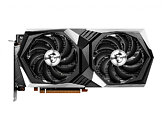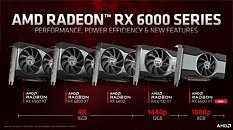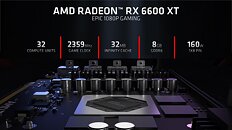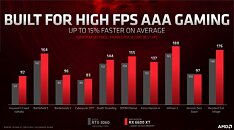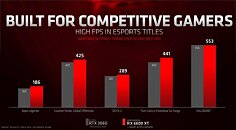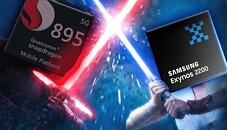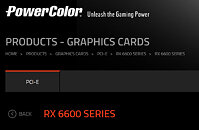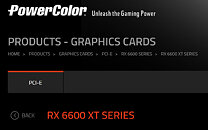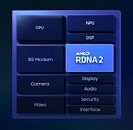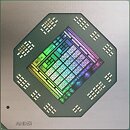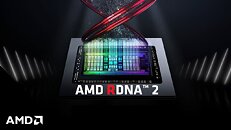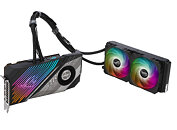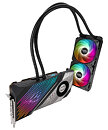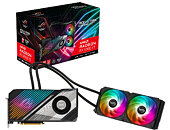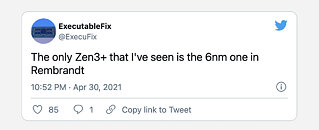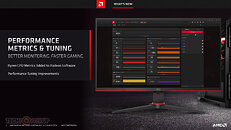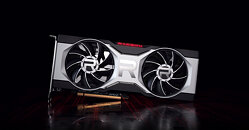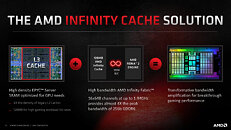
MSI Announces its Radeon RX 6600 XT Series
As a leading brand in True Gaming hardware, MSI is proud to officially announce the MSI AMD Radeon RX 6600 XT GAMING X and MECH 2X graphics cards. Equipped with AMD Radeon RX 6600 XT GPUs powered by the breakthrough AMD RDNA 2 gaming architecture, the new graphics are designed to deliver the ultimate in 1080p gaming for a wide range of enthusiast gamers.
Built upon AMD RDNA2 GAMING architecture, AMD Radeon RX 6600 XT series graphics cards are designed to deliver optimal performance and power efficiency. These new graphics cards support the latest technologies, including DirectX Raytracing (DXR), variable rate shading (VRS), and AMD FidelityFX, allowing gamers to experience realistic lighting, shadows, and reflections with rich detail in supported game titles.
Built upon AMD RDNA2 GAMING architecture, AMD Radeon RX 6600 XT series graphics cards are designed to deliver optimal performance and power efficiency. These new graphics cards support the latest technologies, including DirectX Raytracing (DXR), variable rate shading (VRS), and AMD FidelityFX, allowing gamers to experience realistic lighting, shadows, and reflections with rich detail in supported game titles.

